Indonesian fruits showcase the country’s rich biodiversity and warm climate. From tropical fruits like pineapple and starfruit to exotic ones like snake fruit and dragon fruit, Indonesia provides many fruits ranging from sweet and creamy to tart and tangy.
These fruits are not just refreshing and healthy treats to your taste buds but also essential in dish and drink recipes in Indonesia.
In the following exploration, you’ll explore the 22 most popular fruits of Indonesia with their information, regarding their tastes, textures, use, and even origin. I’ll also introduce some fruits that are easily found in Bali, a beautiful island of Indonesia, and an overview of fruit prices.
If you wonder what Indonesian dishes and beverages that celebrate these fruits, I’ve got you covered! Finally, don’t forget to know some common veggies grown and consumed in the country.
22 Popular Indonesian Fruits with Filters
Below are 22 famous fruits that you can easily come across in Indonesia. To learn more about these fruits, you can categorize them into different groups with my interactive filters.
Go ahead and group my suggestions into native, non-native, national, fruit vegetables, and even exotic fruits. The filters also allow you to discover which fruits are commonly used in dishes, beverages, and as decorative garnishes.
Durian
- For Dishes
- National
- Native
Durian is a famous fruit in Indonesia, known for its very strong smell that not everyone dares to try. In fact, durian taste blends creamy custard with sweet, savory, and subtle fruity and floral notes, making it a complex-flavored fruit.
This outstanding fruit is native to Malaysia, Indonesia, Thailand, and the Philippines. People in South Asian countries see it as the “King of Fruits.”
This large fruit is often round or oblong and covered by sharp thorn rind. Durian typically has green or brown skin. The fruit comes with several segments of pale yellow flesh. There is a variety of durian in Indonesia known as durian merah (red durian), which has red flesh.
You can consume durian as a fruit dessert or mix it in candy, ice cream, milkshakes, and mooncakes.
Mango
- For Beverages
- For Dishes
- For Garnish
- Native
Mango (or mangga in the local term) is an indispensable fruit in Indonesia. The country is home to several mango varieties, each with a different taste, color, and size.
Indonesian mangoes range from sweet to sour, with flavors ranging from richly sugary and floral to tangy and slightly bitter.
The most popular varieties are Harum Manis (known for its sweet flavor and fragrant aroma), Gedong Gincu (noted for its reddish skin and sweet, slightly tangy taste), and Manalagi (a smaller variety prized for its sweetness and vibrant yellow flesh).
Locals consume in various ways: eaten fresh, made into juices, used in salads like the famous “rujak” (a spicy fruit salad), or processed into sweets and pickles.
You can easily find fresh mangoes nationwide, especially in East and Central Java.
Banana
- For Dishes
- Native
Banana (or pisang) is a common fruit worldwide, including Indonesia. Some common banana varieties here are small and sweet Pisang Mas (golden banana), and larger and starchier pisang raja (king banana), which is known for its creamy texture and hint of mango flavor.
The fruits are incredibly versatile in Indonesian cooking, from traditional desserts like pisang goreng (fried banana fritters) to snacks. They can be eaten raw, boiled, fried, or grilled, and are often used as a natural sweetener in various recipes.
Beyond their culinary uses, bananas play a role in religious and social ceremonies. For example, they are commonly used as offerings in Hindu rituals in Bali. The banana leaf serves as an eco-friendly wrapper for cooking and packaging food,
Rambutan
- For Beverages
- For Dishes
- Native
Rambutan is a drupe fruit native to the Malaysian-Indonesian region. It has a jelly-like texture, sweet flavor, and slight tartness reminiscent of grapes.
Recognizable by its hairy appearance, rambutan varies in color from reddish to yellow or orange. The fruit can be easily enjoyed by peeling with hands or cutting. Remember to remove the seed.
Predominantly grown in West Java and Greater Jakarta, its season extends from September to April.
Snake Fruit
- For Beverages
- For Dishes
- Native
Snake fruit, also known as salak, is a unique fruit from Indonesia, mainly found in Java and Sumatra. It grows on palm trees and has a skin resembling snake scales, hence its name.
The fruit is about the size of a fig, with a reddish-brown, scaly skin, and usually contains 2 to 3 edible parts inside, each with a big seed.
The insides remind people of garlic cloves but taste sweet with a hint of tartness and a slightly astringent kick. You might find snake fruit either crunchy or soft.
Salak Pondoh and Salak Bali are notable types of salak. Salak Pondoh, known for its aromatic sweetness, comes from Yogyakarta, while Salak Bali, with around 15 sweet to sour varieties, hails from Bali’s Sibetan village.
Mangosteen
- For Beverages
- For Dishes
- Native
Mangosteen, known locally as manggis, is a popular fruit in Indonesia. In fact, it originates from Southeast Asia and parts of India.
It’s often called the “Queen of Fruits” for its widespread love and sweet, juicy taste that blends flavors of peach, strawberries, pineapple, and lychee with a hint of sourness.
This fruit is recognizable by its reddish-purple skin and white flesh containing 1 to 8 segments. Some big ones have non-edible seeds.
Mangosteen is ideal for enjoying raw, jam, or desserts.
Jackfruit
- For Dishes
- Native
Jackfruit, aka nangka, is a tropical fruit, originally from regions like Sri Lanka and parts of Indonesia, Malaysia, and the Philippines.
This large fruit can weigh between 10 to 25 kg and usually has a yellowish-green to yellowish-brown color with a unique, bumpy skin.
The flesh inside is bright yellow, surrounding 100 to 500 edible seeds per fruit, which can be eaten boiled or roasted.
Jackfruit is popular both fresh and as part of various dishes, such as the Indonesian desserts es teler and es campur (mixed with shaved ice) or the savory gulai nangka stew made from unripe fruit.
Pineapple
- For Beverages
- For Dishes
- For Garnish
- Non-Native
Pineapple, known as nanas in Indonesia, is another popular tropical fruit. Recognizable by its tough, spiky skin and succulent yellow flesh, pineapple offers a mix of sweetness and tartness, with a very nice aroma.
Moreover, pineapples symbolize wealth and luxury in Indonesia, especially popular in Palembang, South Sumatra.
Varieties like the sweet Nanas Bogor and the juicy, pricier Nanas Suban are local favorites.
Papaya
- For Beverages
- For Dishes
- Non-Native
Papaya is a berry from the Caricaceae family. Though it originates from Southern Mexico and Central America, papaya is very popular in Indonesia.
Its peel turns from green to yellow or red when ripe. Inside, it typically has orange flesh packed with many small seeds. The flesh has a buttery texture when ripe, with a moderate sweetness.
In Indonesia, papaya is versatile. They can be enjoyed fresh, in curries, salads, or sautéed dishes. To eat raw, you just cut it open, scoop out the seeds, and enjoy the flesh with a spoon.
Guava
- For Beverages
- For Dishes
- Native
Guava, known in Indonesia as jambu biji, is popular among locals and tourists. Indonesia is a top guava producer, offering many varieties, with apple guava being the favorite.
This fruit, which can be round or oval, often has a soft skin that’s maroon, green, or yellow when ripe. Its flesh is white or pink with edible seeds.
Guava’s sweet flavor is great for fresh eating or in jams, juices, and desserts. Regarding its nutrition, guavas are rich in vitamin C and fiber.
Avocado
- For Beverages
- For Dishes
- Non-Native
Avocado, or alpukat in Indonesia, hails from Guatemala and Mexico but is now grown globally. With its ideal climate, Indonesia is a major avocado producer.
Avocado’s skin comes in shades of brown, green, purplish, or black, with a shape resembling a pear or egg. The flesh inside is buttery, soft, and has a nutty and earthy taste but contains a large, inedible pit.
The fruit is great for making milkshakes, ice cream, salads, and desserts. Avocados are nutritious, offering a good source of vitamins, fiber, and healthy fats.
Soursop
- For Beverages
- For Dishes
- Native
Soursop, also known as sirsak, is a favorite fruit in Indonesia due to its sweet and sour taste, with hints of strawberries, apples, and citrus.
Its easily peelable, tender skin covers juicy, fragrant white flesh filled with inedible black seeds. Soursop is commonly enjoyed raw or used in smoothies, juices, sorbets, and sweets. In Indonesia, it’s often cooked into a caramelized treat.
Pomelo
- For Beverages
- For Dishes
- For Garnish
- Non-Native
In Indonesia, pomelo, known locally as jeruk bali, is a large, citrus fruit with a sweet and slightly tangy flavor.
Pomelo has a thick, green, or yellow peel, depending on the ripeness. The fruit inside is segmented, ranging from pale yellow to pink or red. It’s larger than a grapefruit.
The fruit has a juicy, firm flesh that’s less bitter than other citrus fruits. It’s not only consumed fresh as a refreshing snack or dessert but also in salads, such as the famous “rujak.”
Furthermore, pomelos are often offered on festive occasions and religious ceremonies. They are widely available in local markets and supermarkets throughout the country.
Passion Fruit
- For Beverages
- Native
Passion fruit, or markisa, is popular in Indonesia and Southeast Asia in general. They typically come in a round or oval shape with vibrant red, yellow, green, or purple skin, filled with numerous edible seeds in juicy flesh.
Indonesia offers four varieties, including Sweet Granadilla, Yellow, Giant Granadilla, and Purple passion fruit, known for their refreshing sweet-sour taste. Therefore, they’re perfect for juices.
To enjoy it, simply cut it in half and scoop out the flesh and seeds with a spoon.
Starfruit
- For Beverages
- For Garnish
- Native
Starfruit, locally known as belimbing, is a famous fruit in Indonesia and is widely grown in tropical regions.
Its unique shape, with 5 to 6 ridges, creates star-shaped slices when cut. The fruit’s skin is thin and waxy, and its orange-yellow exterior encases juicy, crisp yellow flesh.
Ripe starfruit tastes mildly sweet with a blend of apples, grapes, pears, and citrus flavors, while the unripe fruit is more acidic. Indonesians often use it in juices, relishes, and jams, or cooked with sugar and apples.
Dragon Fruit
- Exotic
- For Beverages
- For Dishes
Dragon fruit, or buah naga in Indonesia, stands out with its dragon-like appearance, including leathery skin and scale-like spikes.
There are three main types: Pitaya Blanca with white flesh and pink skin, Pitaya Amarilla with yellow skin and white flesh, and Pitaya Roja, which is red both inside and out.
The flesh, filled with tiny edible seeds, ranges from mildly sweet to sweeter in the red varieties, often compared to kiwi or pear in taste.
Cempedak
- For Dishes
- Native
Cempedak fruit is a beloved tropical fruit in Indonesia. It closely resembles the jackfruit, both in appearance and texture, but is smaller and has a more elongated shape. The skin of the cempedak is green to yellow when ripe. Its skin also has many small, spiky bumps.
Cempedak’s flesh inside is soft, sweet, and fragrant, with a custard-like texture. It comes in segments with a large seed inside. The flavor is a rich blend of tropical fruit tastes, with the most prominent banana and pineapple notes.
Locals love to consume it as a fresh fruit but also fry it to make a popular snack. The seeds of the cempedak are edible, too, often boiled or fried.
Langsat
- For Beverages
- For Dishes
- Native
Langsat or duku is a tropical fruit from the Mahogany family, famous in Southeast Asia, especially Indonesia.
This fruit, resembling a small potato with its elliptical shape, has a thin, yellow-hairy skin. Inside, its sweet, juicy, whitish flesh divides into segments, with the smaller ones usually seedless. Langsat is enjoyed fresh or in desserts and salads.
It’s also known for its nutritional benefits, including high fiber, calcium, and vitamins, and is often used to treat diarrhea.
Ambarella
- For Dishes
- Native
Ambarella, known as kedondong in Indonesia, is a fruit from Melanesia and Polynesia, famous since the 18th century.
Growing in bunches, ambarella changes from green to golden-yellow as it ripens, with a crunchy, green flesh around a single pit.
Its taste is a mix of tartness and slight sweetness. They are best enjoyed raw with condiments like shrimp paste or chili salt. The fruits are also used in Indonesian soups and sauces.
Tamarind
- For Beverages
- For Dishes
- Native
Tamarind, known as asam java, is a key ingredient in Indonesian and global cuisines. This fruit, encased in a firm brown shell, has a tart, juicy interior with a hint of sweetness when ripe, containing 3 to 5 seeds.
Tamarind is versatile, used in desserts, drinks, and savory dishes for its sour flavor. It’s available year-round in Indonesia. To enjoy, peel away the shell, savor the flesh, and discard the seeds.
Jambu Air
- For Beverages
- For Dishes
- Native
In Jakarta’s streets in Indonesia, you’ll often spot medium-sized trees bearing small, bell-like fruits known as jambu air (or rose apple). It’s common in Southeast Asia and other tropical regions.
These fruits have waxy, thin skin in shades of red, pink, white, or green, which is edible and encases a crunchy, juicy flesh. The taste is mildly tart with a floral sweetness, reminiscent of Asian pears.
Indonesians enjoy jambu air fresh as a dessert, in salads, sautéed dishes, or even pickled.
Malang Apple
- For Dishes
- Non-Native
Introduced by the Dutch in the 1930s, the Malang apple is a must-try variety unique to East Java, Indonesia.
Distinguished by its bright yellow-green color, this apple has a rough, thick skin that’s edible. Its white flesh is notably crunchy and sweet. But it’s pretty dry due to lower water content.
Malang apples are perfect for savory dishes, cheese platters, or a refreshing snack after meals.
What Kind of Fruit Is Grown in Bali?
Here are some of the fruits commonly grown and enjoyed in Bali, Indonesia:
In Bali and the rest of Indonesia, fruits are plentiful and available at many price ranges. Let’s look at the factors that influence how expensive local fruits are.
How Are Fruit Prices in Indonesia?
Fruit prices in Indonesia vary, mainly depending on three factors, such as seasonality, fruit type, and where you buy them. Below are some general notes:
Prices are generally lower during the peak season of each fruit. Here are the seasons of some famous fruits in the country:
Imported fruits like apples, grapes, and oranges tend to be more expensive than local fruits such as bananas, papayas, and mangoes.
Fruits are more expensive in tourist areas and cheaper in local markets or rural areas. Plus, those purchased at local markets are often cheaper than those bought in supermarkets or high-end grocery stores.
What Are Indonesian Dishes with Fruits?
Let’s find out the delightful mix of flavor in Indonesian delicacies with fruits.
Beyond these delicious Indonesian food specialties including fruits, their local fruity drinks are also worth trying.
What Are Indonesian Beverages with Fruits?
As a tropical country, fruits play an essential part in various drinks in Indonesia. Here are some iconic examples.
Enjoying the drinks that Indonesians widely consume, you can cope with the heat in this tropical country. Next, let me show you some veggies that you can easily buy in this country.
What Are Popular Indonesian Vegetables?
Beyond fruits, vegetables are also abundant across Indonesia. Following are five natural treasures to add to cooking dishes.
By the end of this article, I hope you’ve gained enough information about Indonesian fruits, to enrich your travel experience. I look forward to hearing your thoughts in the comments below. Thanks for reading!


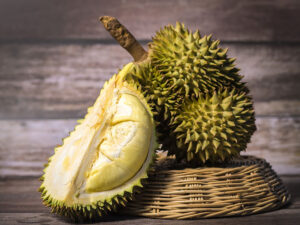
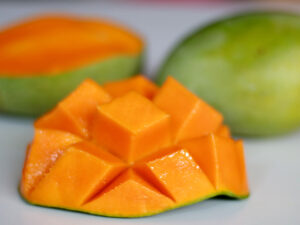
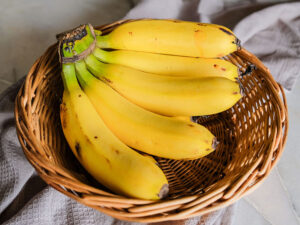
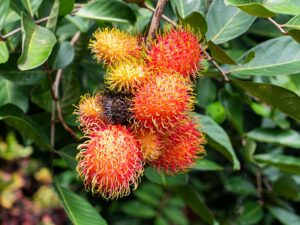
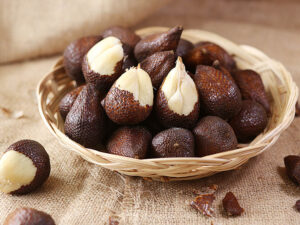
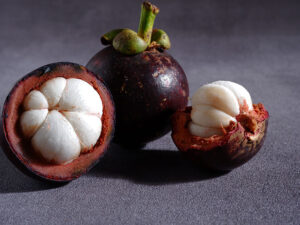
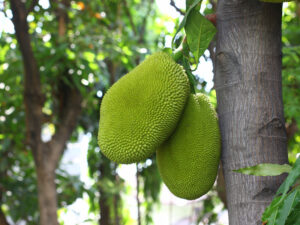
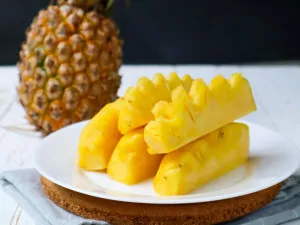
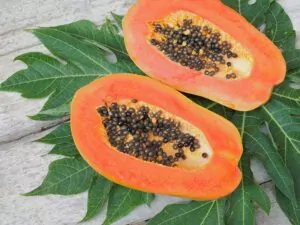
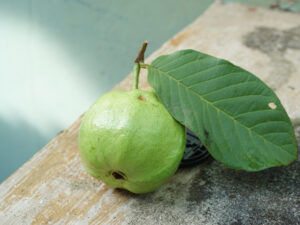
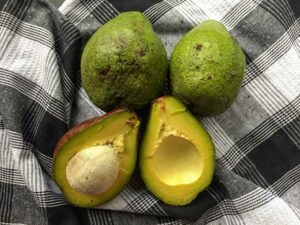
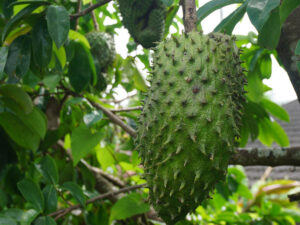
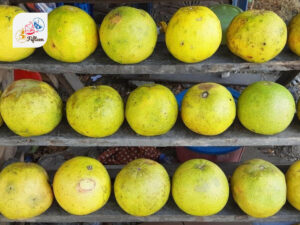
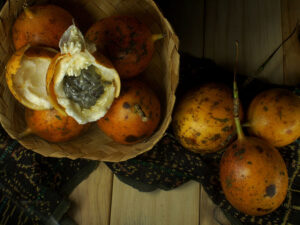
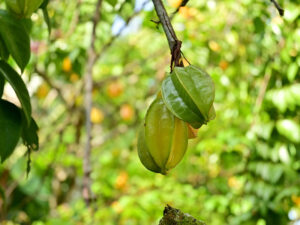
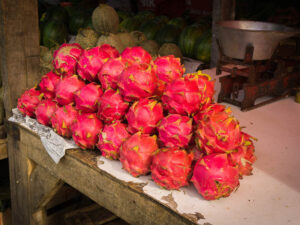
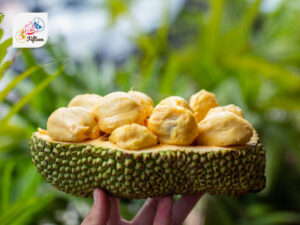
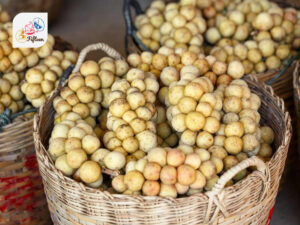
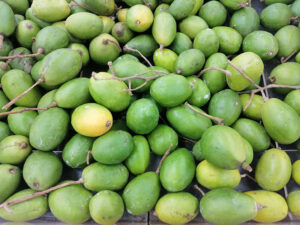
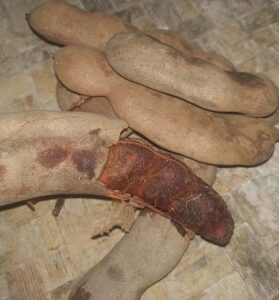
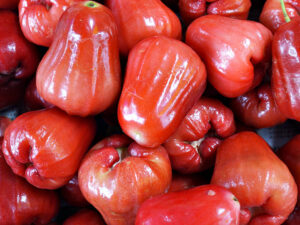
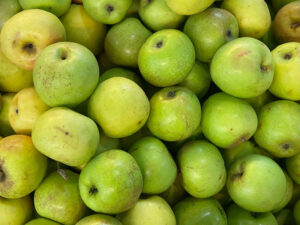
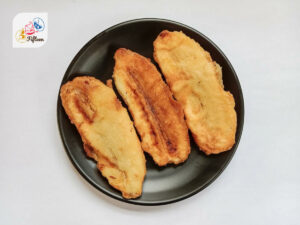
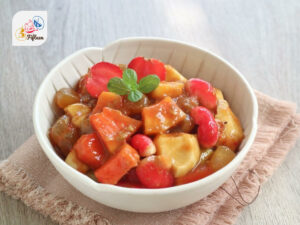
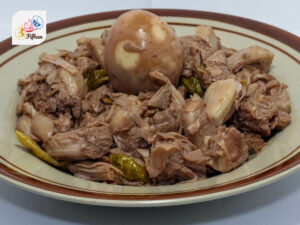
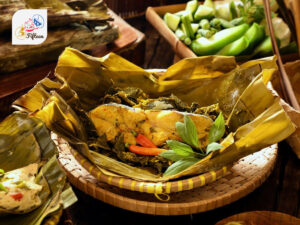
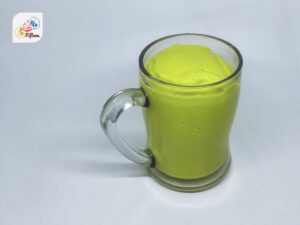
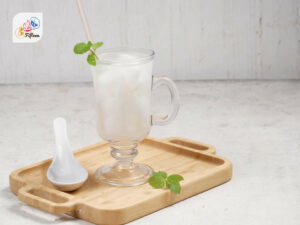
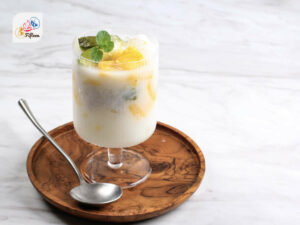
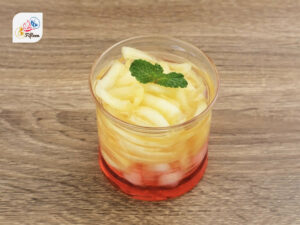
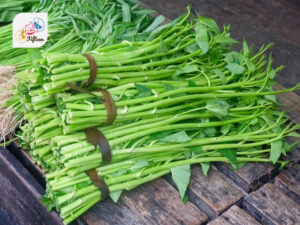
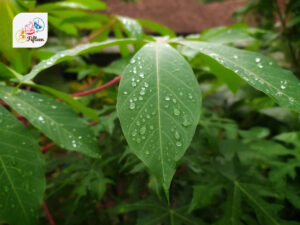
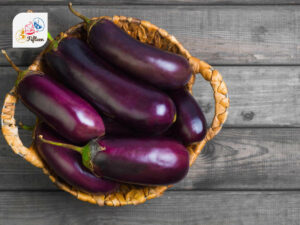
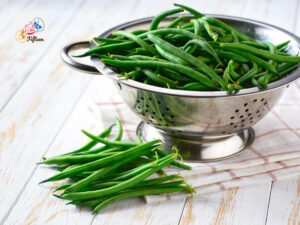
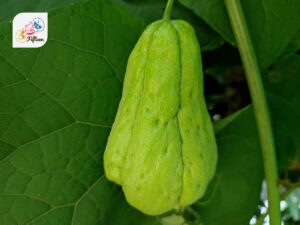
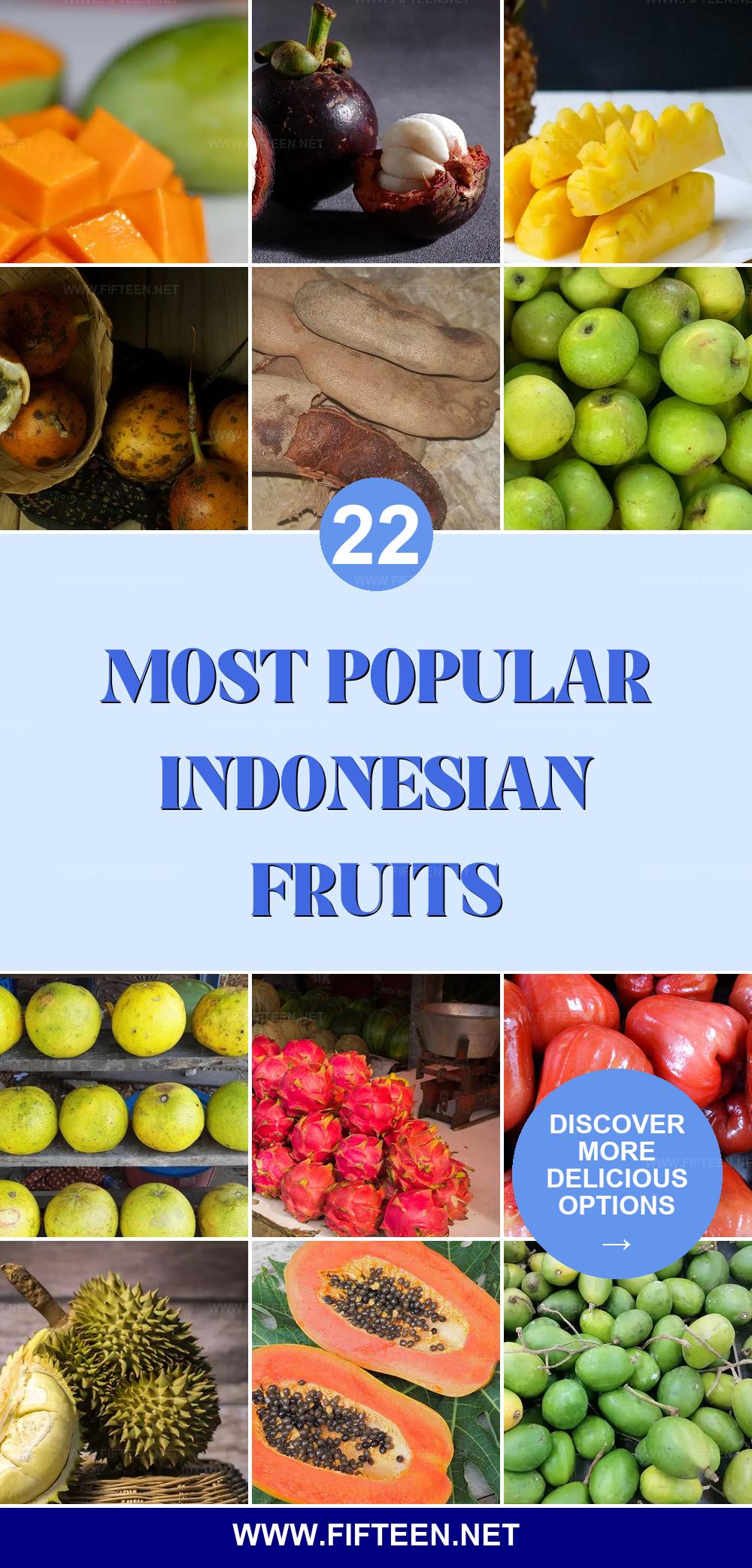
Jamie Scott
Editor in Chief, Senior Content Writer
Expertise
Home Cooking, Meal Planning, Recipe Development, Baking and Pastry, Food Editor, Cooking-video Maker, Western Food Evaluation Expert
Education
Le Cordon Bleu College of Culinary Arts
Local Community College, New York, NY
Jamie Scott is a skilled culinary expert and content creator specializing in Western cuisine. With over 15 years in the culinary field and formal training from Le Cordon Bleu, Paris, Jamie deeply understands how to blend nutrition with delicious flavors. His passion for cooking matches his commitment to making healthy eating accessible and enjoyable.
On Fifteen.net, Jamie brings a fresh perspective to classic dishes and beverages, offering readers insightful recipes, cooking tips, and a fresh view on meal planning that emphasizes taste, health, and simplicity.